While I was creating the Sokay Zine, I thought it was a good opportunity to highlight some artists in my life that were doing some great things. In my day to day I get so caught up with trying to use my creativity to simply make a product as quickly as possible. That makes it difficult to see outside of what’s directly in front of me. Seeing people maintain their imagination and use their creative abilities in refreshing ways continues to rejuvenate me during my own journeys.
For the first issue of the Zine we interviewed the homie, Gabriel Gaete (aka Gabotron). Check out it:

Photo of Gabriel Gaete (aka Gabotron) by Stephanie Sparks
So from my perspective, you do art and animation. Music and storytelling. How would you describe what it is that you do?
I use art, animation, music and storytelling and fuse it all together to create work intended to convey, explain and communicate concepts, ideas and information. I create work for myself and for clients but it all stems from the same communicative standpoint, although the understandability of my projects can range from, “Aha! I get it!” to “What the hell did I just watch?” it all has some kind of message to convey. For my clients I have to be very clear in communicating certain information. For my personal projects I use more abstract means to communicate ideas and concepts that can be more vague and difficult to understand, but represent the weird stuff that goes on in my brain.
I also take visual notes, I started taking visual notes in my community college classes and I found it as an invaluable and powerful tool to retain information. From client work, to games conferences to personal work I’ve created many doodle filled notes that really help me in synthesizing information.

Artwork by Gabotron
What are some sources of your inspiration?
I’m really inspired by brain science, culture, human interactions, different perspectives, experiential video games, the way music affects us, animals, plants and my cats.






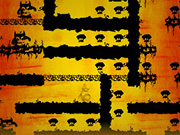


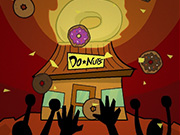




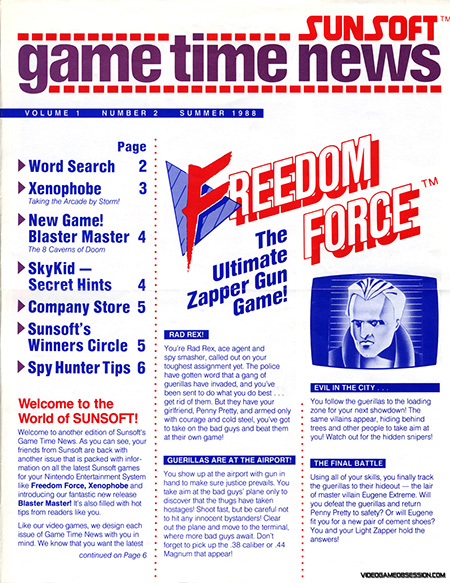





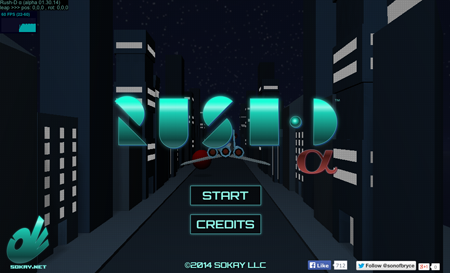
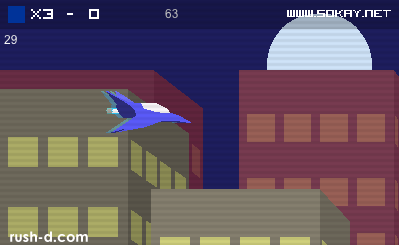



 Demo made with LWF in Unity.
Demo made with LWF in Unity.

